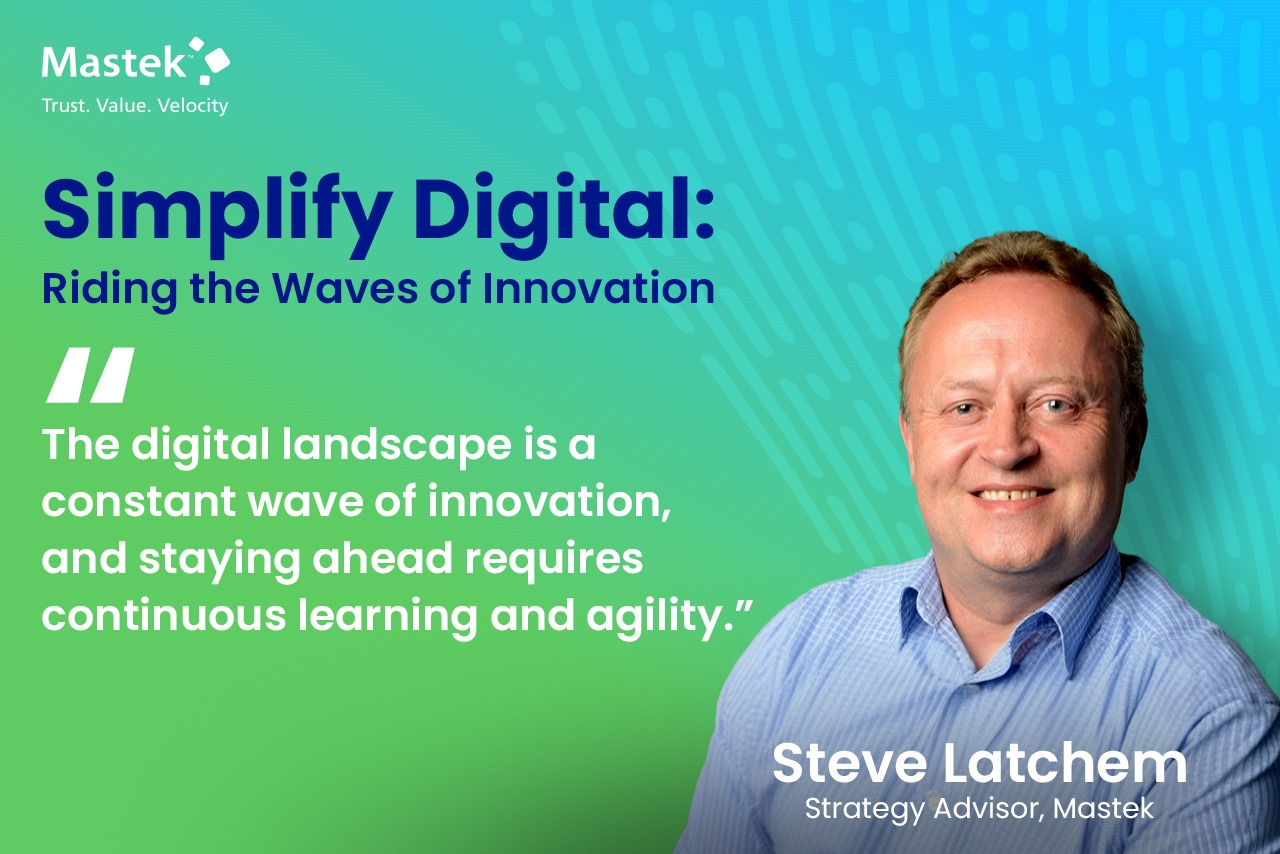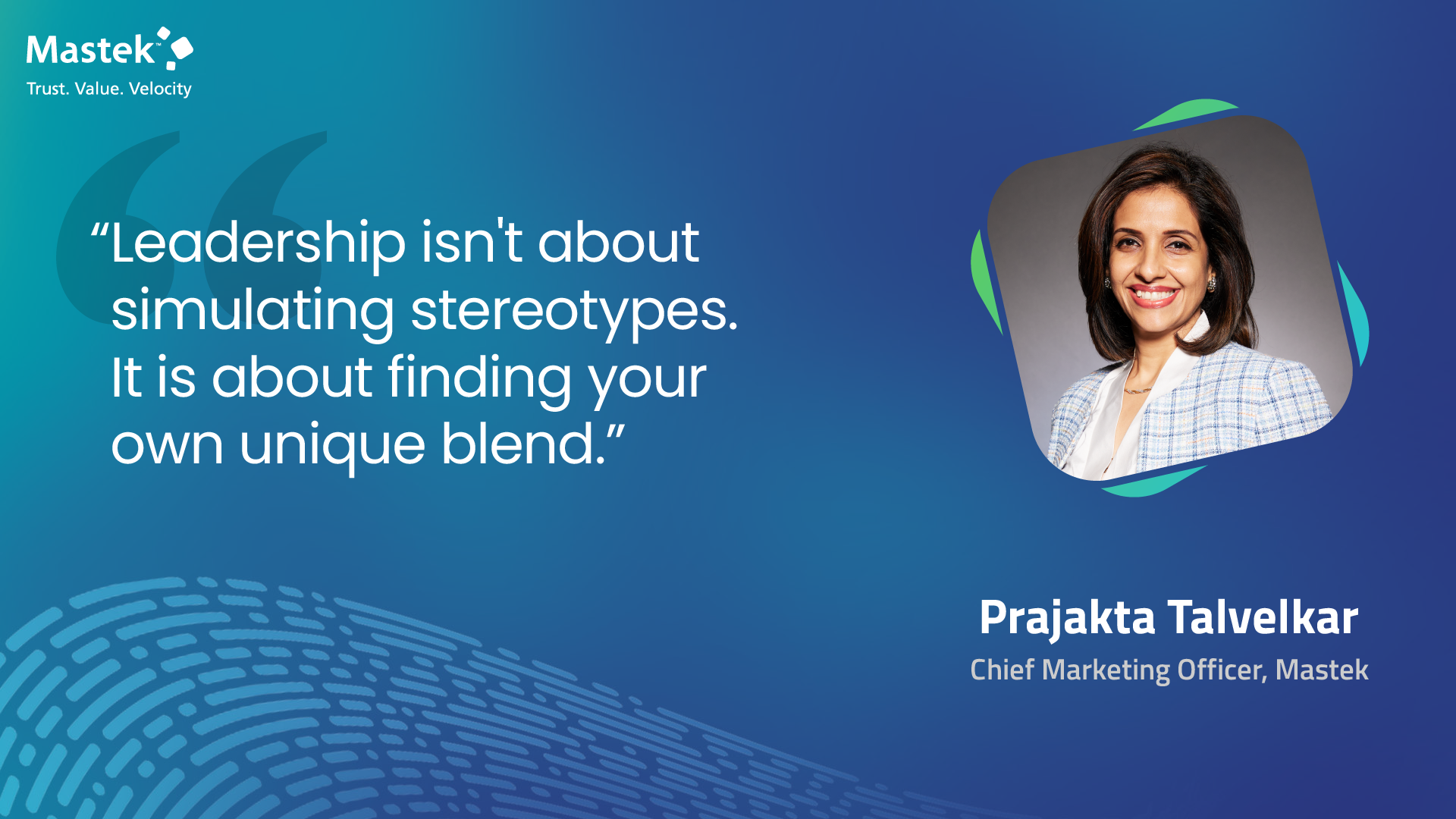Exploring the Future of Human Resources Management with Oracle HCM Now
24-Apr-2024 02:13:19 / by Paul Mathers posted in Digital Transformation, Oracle, human resources, oracle HCM
The Trust of Expertise Behind Value and Velocity in Digital Transformation
22-Apr-2024 09:05:07 / by Vikas Surani posted in Digital Transformation, strategy, leadership, thoughtleadership
Simplify Digital: Riding the Waves of Innovation
15-Apr-2024 08:23:05 / by Steve Latchem posted in Digital Transformation, AI, ML
Unlocking AI’s Multi-dimensional Might for ITSM
11-Apr-2024 05:47:06 / by Anuradha Mhatre posted in Digital Transformation, AI, IT service management (ITSM), ML
Navigating HR Dynamics: Oracle's Progressive AI Developments for HCM
05-Apr-2024 01:22:21 / by Snehal Chaniyara posted in Oracle, hcm, Gen AI, oracle HCM
Unlocking AI Potential: Revolutionizing Talent Acquisition
05-Apr-2024 01:07:50 / by Raman Sapra posted in AI, AI Strategy, talent acquisition, human resources
Best Practices in Software Engineering for Scalable, Secure, and Compliant Healthcare Applications
01-Apr-2024 07:27:27 / by Assad Tabet posted in Healthcare, Digital Transformation
How Banner Health Pioneers Innovation in Member Experience
01-Apr-2024 06:56:07 / by Jennifer Capestany posted in Healthcare, Salesforce
In an industry where member experience expectations continue to be under-addressed by insurers, an organization that focuses on delivering a red-carpet experience to their members across all the major touchpoints of the member journey is a standout. In fact, according to a recent report from Forrester, while many insurers have the intent to improve member experience, more than half struggle to convert their intentions into actionable plans.
Unlocking Healthcare Insurance Potential with Generative AI: Improving Efficiency and Member Engagement
20-Mar-2024 01:01:14 / by Jennifer Capestany posted in Healthcare, Digital Transformation, AI, Data, Health Cloud
Will Leading Authentically as a Woman Affect My Leadership? No, it's My Superpower!
12-Mar-2024 03:24:41 / by Prajakta Talvelkar posted in diversity and inclusion, leadership, thoughtleadership










